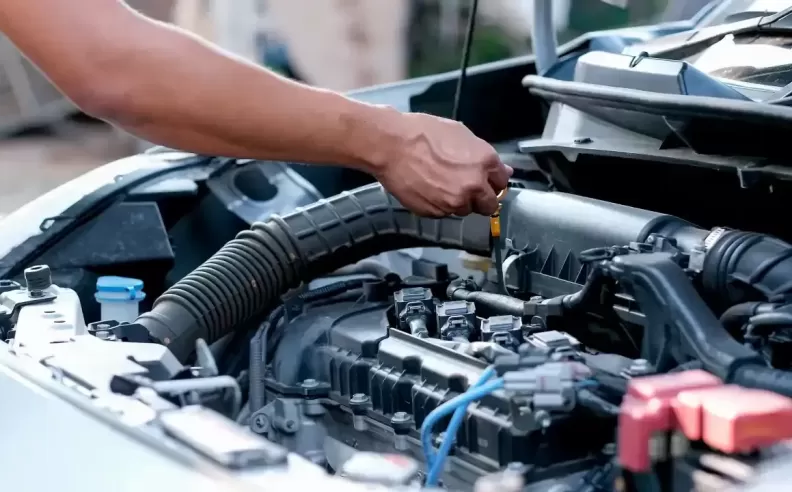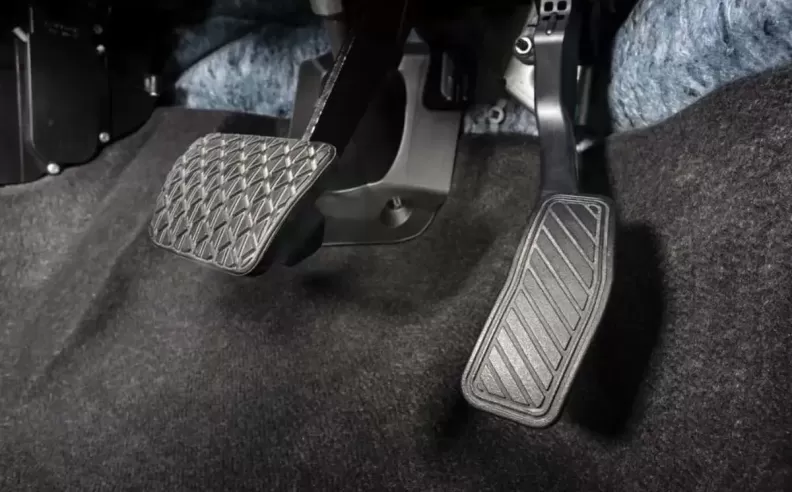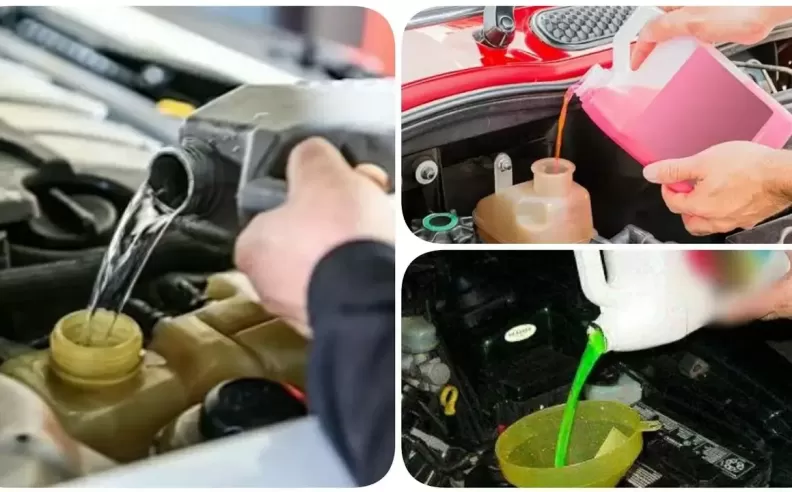
In Saudi Arabia, drivers often notice their car struggling when pressing the accelerator, which raises immediate concerns about performance and safety. Weak throttle response can turn a simple drive into a frustrating experience, and in some cases it points to deeper mechanical or electronic issues that require quick attention. This article looks at the main reasons behind slow acceleration, the signs that indicate a problem, and the professional solutions drivers can rely on.

Several factors can make a car feel sluggish when stepping on the gas. A clogged air filter reduces airflow to the combustion chamber, weakening the engine burn. Carbon build up on the throttle body often restricts how smoothly it opens and closes. Fuel injector issues also play a big role, since dirty or blocked injectors fail to deliver enough fuel at the right time. A weak fuel pump or low fuel pressure will show up as hesitation during acceleration. Faulty sensors such as the mass airflow sensor or the oxygen sensor confuse the ECU, leading to poor fuel air balance. Even worn out spark plugs can slow down ignition and leave the driver with disappointing throttle response.

The most common red flag is a noticeable lack of acceleration even when pressing hard on the pedal. Drivers may also see fuel consumption rise without explanation. Engine vibrations or uneven revs while accelerating are another clue. On many cars, the check engine light will appear, signaling that the ECU has detected an issue in the air, fuel, or ignition systems. These symptoms should not be ignored since they often get worse with time.

The best solution starts with routine maintenance. Replacing or cleaning the air filter ensures the engine breathes properly. A professional cleaning of the throttle body removes carbon deposits and restores smooth operation. Checking the fuel injectors and fuel pump helps confirm steady fuel delivery. Modern diagnostic tools like an OBD2 scanner allow technicians to pinpoint faulty sensors quickly. Replacing spark plugs every 30,000 to 50,000 kilometers keeps ignition strong. Using high quality fuel and sticking to scheduled servicing goes a long way in preventing throttle response issues from returning.

The easiest way is by following the service intervals recommended by the manufacturer. Choosing premium fuel reduces the chance of injector clogging. Balanced driving habits also keep the engine healthy, since sudden or constant heavy acceleration puts unnecessary strain on the system. By combining good maintenance with smart driving, motorists can enjoy smooth acceleration and keep their cars in top condition for longer.

Started my career in Automotive Journalism in 2015. Even though I'm a pharmacist, hanging around cars all the time has created a passion for the automotive industry since day 1.
